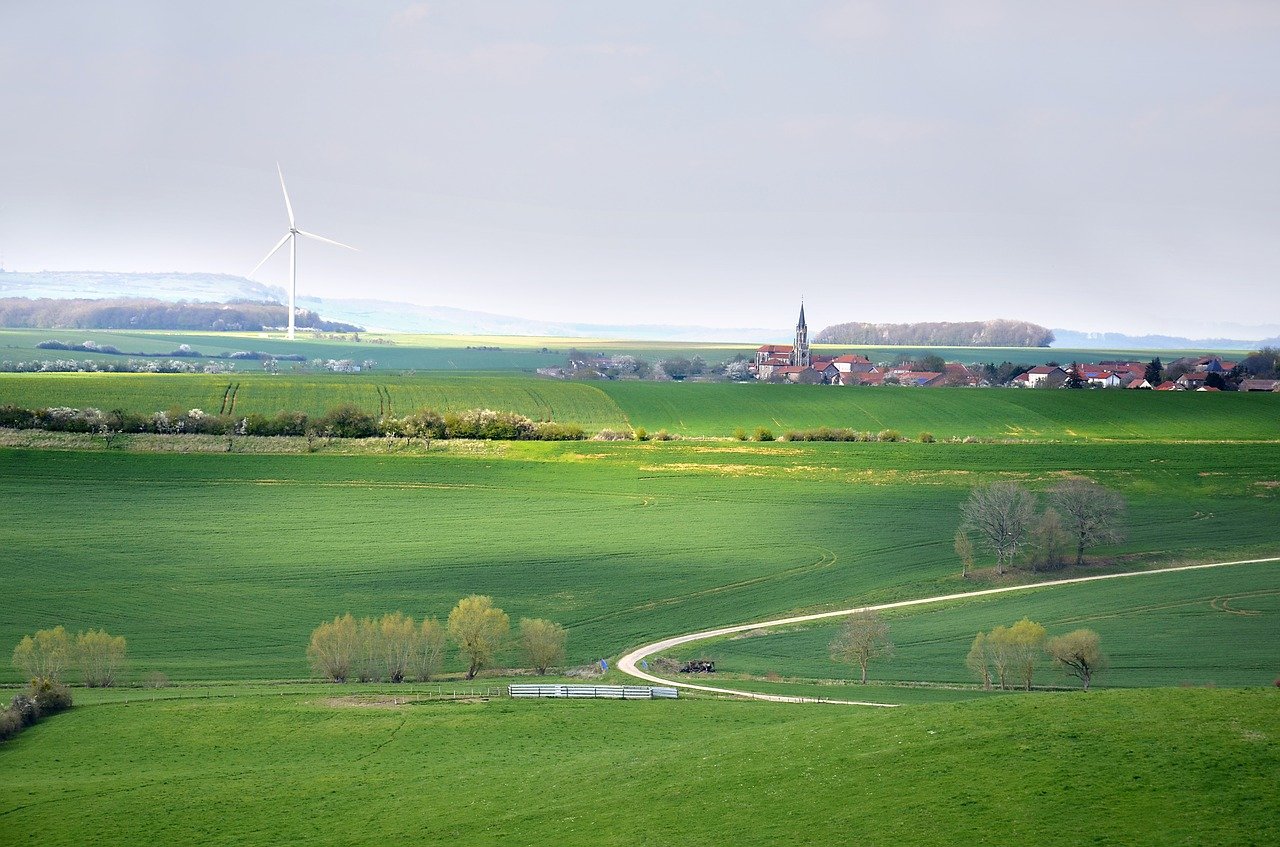細閱只需 3 分鐘
What is Sustainable Development?
Many people still follow the definition of sustainable development articulated by the World Commission on Environment and Development (1987, p.41):
The sustainability model promulgated then encompasses three pillars: environment, society, and economy. And sustainable development aims to balance among the three pillars. However, the earth is not growing or expanding. In fact, the biosphere is the foundation and the limit of our civilization’s development (Giddings et al., 2002). And economic growth means very little unless the ecosystem thrives and people have a dignified existence. In other words, without a sustainable planet and dignified human existence, there could not be prosperous and inclusive economic growth (Figure 1).
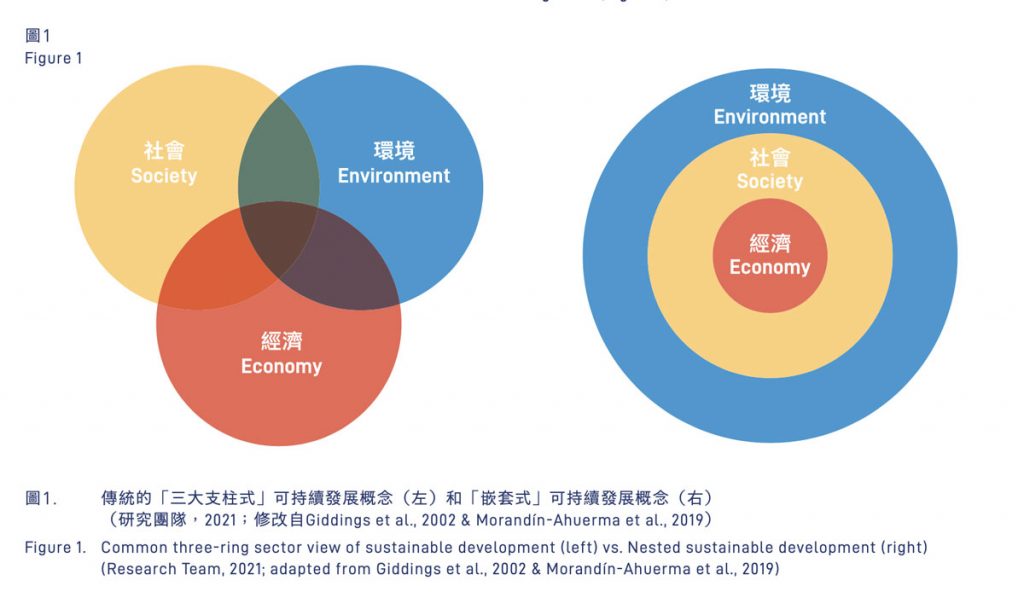
The Doughnut Economics Model
Oxford scholar Kate Raworth (2017) proposed the Doughnut Economics Model to put economic development at the right place, that is, to provide safe and just spaces for humanity. Economic development should provide a foundation to meet social needs and respect the carrying capacity of the earth in order not to exceed the ecological ceiling (Figure 2).

Sustainable Development Goals
In 2015, all United Nations (UN) member states agreed on the 2030 Agenda for Sustainable Development. In the Agenda, 17 sustainable Development Goals (SDGs) were identified. Some suggested that they were derived from the Doughnut Economics Model. The SDGs provide a direction and framework for institutions, organisations and individuals to work on promoting sustainability in different sectors and dimensions.
The 17 SDGs cover four main aspects (Figure 3):
Planet: Protect and restore the planet through sustainable consumption and production, natural resources management, and taking action on climate crisis.
People: End poverty and hunger, and to ensure that all human beings are healthy and can receive education to develop their potential and enjoy gender equity.
Prosperity: Ensure that all human beings can enjoy prosperous and fulfilling lives, and that economic, social and technological progress occurs in sustainable and equitable cities and communities, in harmony with nature.
Peace & Partnership: Foster peaceful, just and inclusive societies, and to strengthen global solidarity to meet the agenda.
In fact, all SDGs are interconnected. For example, in developing countries, efforts to end poverty and hunger (SDGs 1&2) can contribute to health and well-being (SDG3), while its effectiveness may rely on education (SDG4), clean water and sanitation (SDG6), and good governance (SDGs 16&17). Or health and well-being (SDG3) would require the realisation of all the other 16 SDGs.
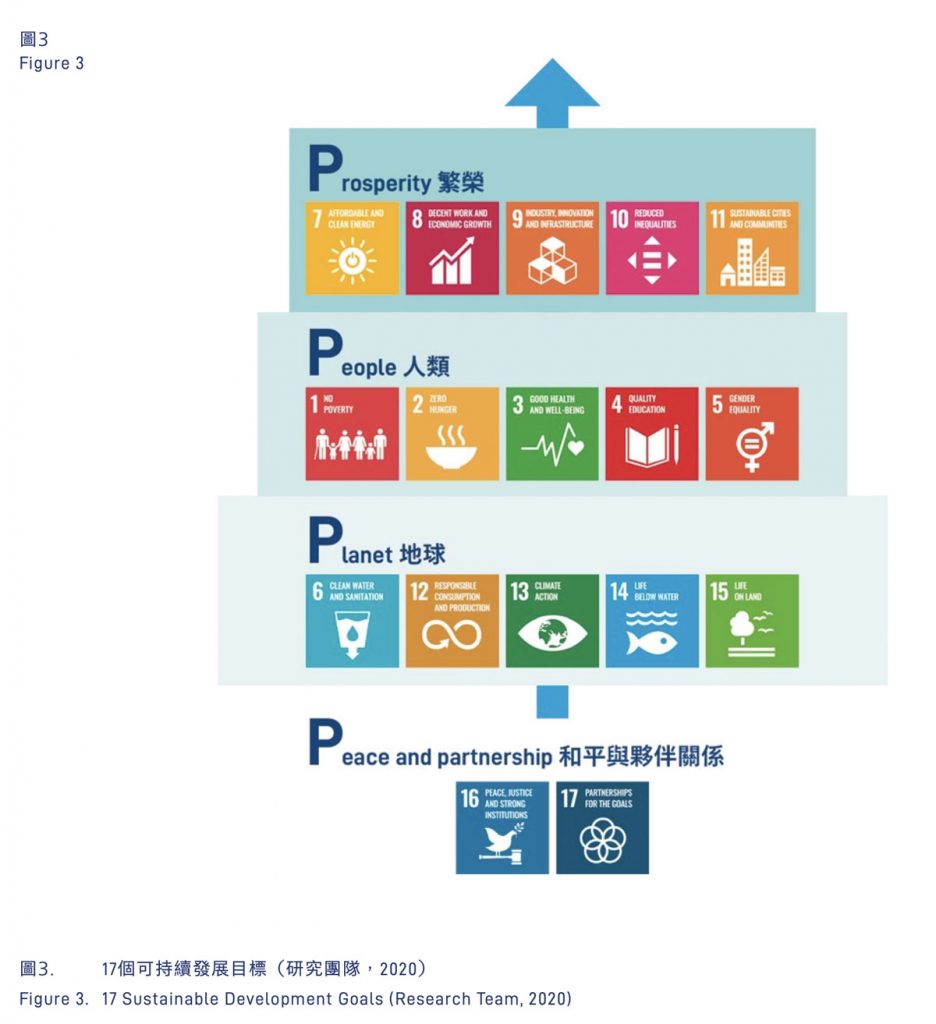
Building Sustainable Cities: The New Urban Agenda
The urban environment consists of complex systems, and governments are in search of strategies to solve their own social, economic and environmental problems. In order to find integrated solutions to implement SDGs in urban areas, nation states, NGOs and thousands of networks across the globe helped shaped the New Urban Agenda which was deliberated in the 2016 United Nations Conference on Housing and Sustainable Urban Development (Habitat III). It was then endorsed by all UN Member States, serving as a guideline for urban development for the next 20 years (United Nations, 2017).
The Agenda calls for transformative commitment to creating and implementing sustainable cities that leave no one, no place and no ecology behind.
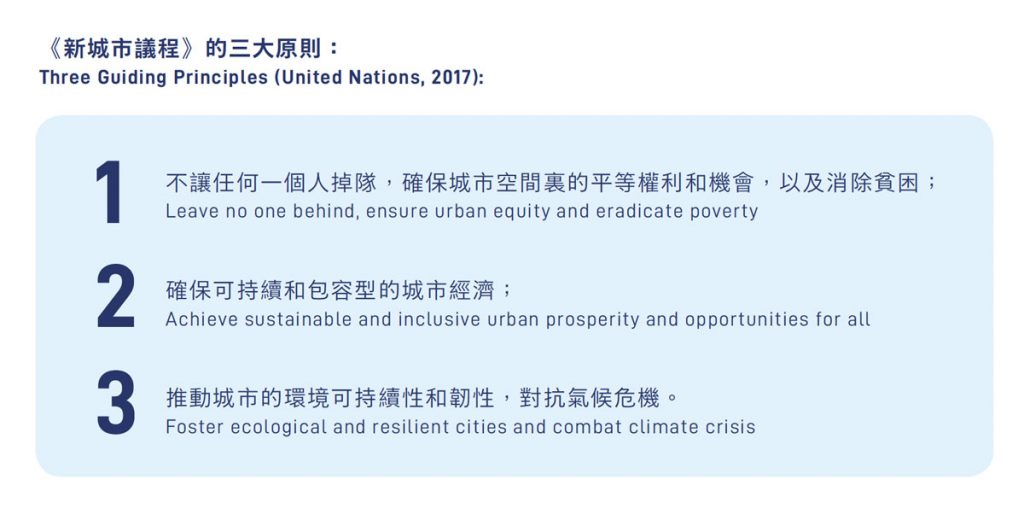
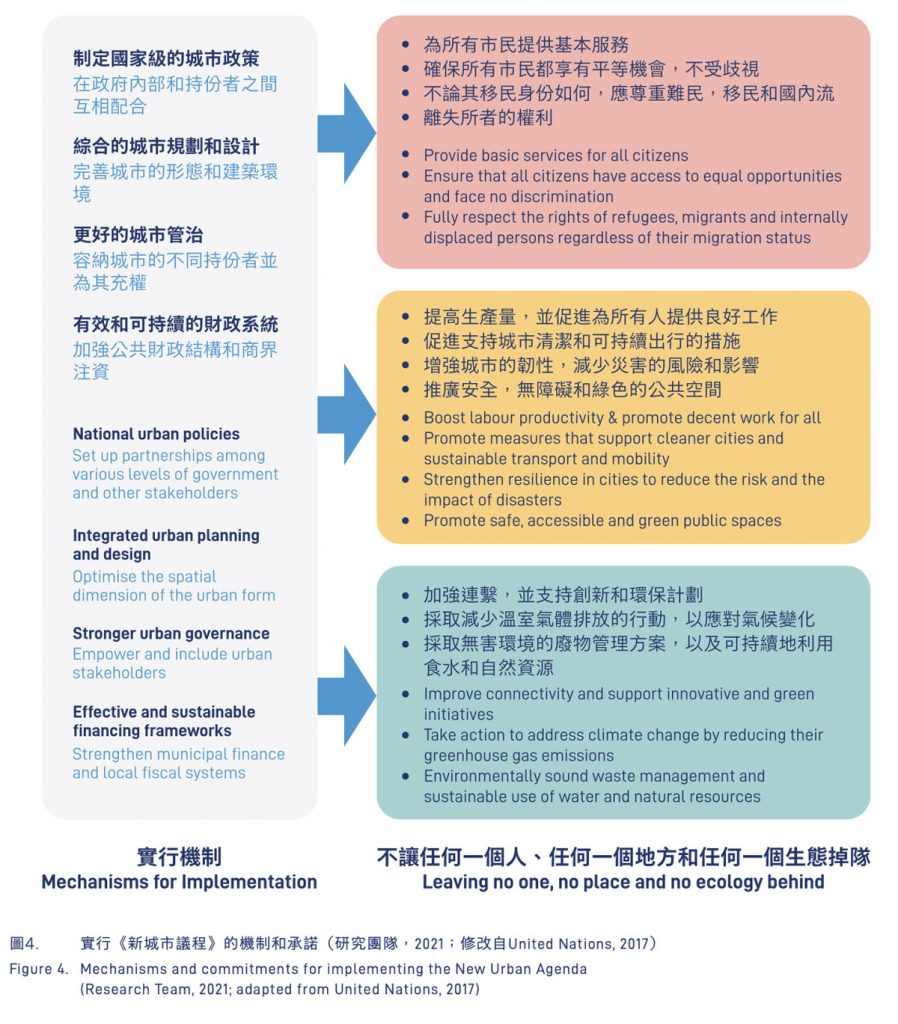
Sustainability at a Neighbourhood Level
“Neighbourhoods” can be defined as a settled area that residents share common basic amenities and livelihoods (Jenks & Dempsey, 2007). Neighbourhoods are the cells that build up a city. If each cell is healthy, our whole city will be sustainable.
How can we ensure the health and multifaceted well-being of people in a neighbourhood? The basic tenets of the doughnut economics, SDGs and the New Urban Agenda still apply. We need to build planet and people friendly and prosperous places through working together. Good place qualities are important for us to nurture a strong sense of place which in turn will boost our sense of well-being. Let us examine further these relationships in the following chapter.

Copyright : The Chinese University of Hong Kong
This work is licensed under the Creative Commons Attribution 4.0 International License. To view a copy of this license, visit http://creativecommons.org/licenses/by/4.0/
or send a letter to Creative Commons, PO Box 1866, Mountain View, CA 94042, USA.

